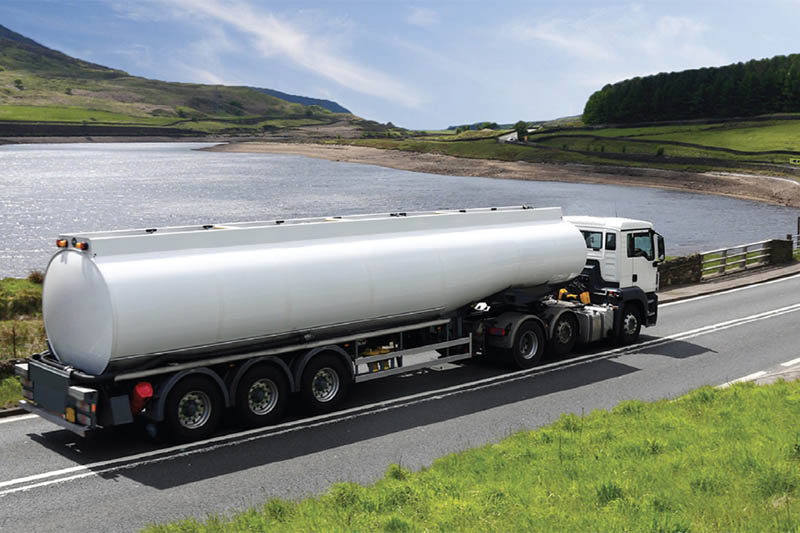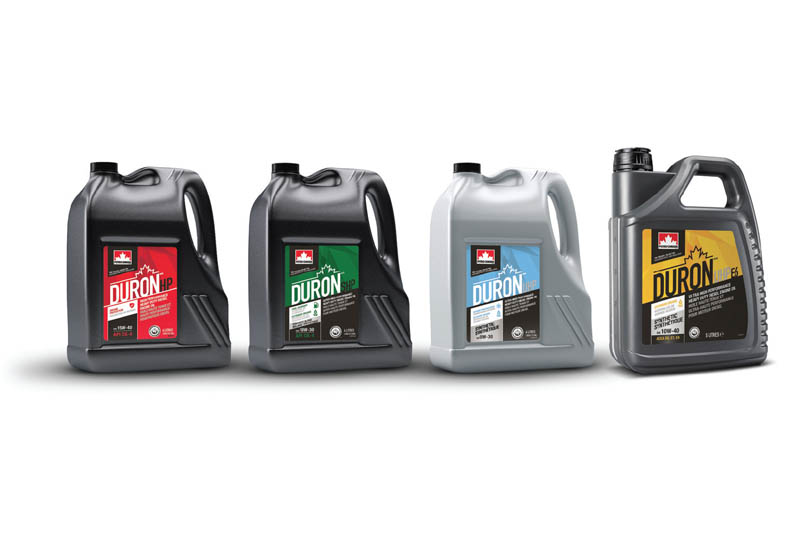
Karl Rudman, Product Line Manager at HollyFrontier Lubricants & Specialty Products, which includes the Petro-Canada Lubricants brand, discusses the role of engine lubricants and how low viscosity engine oils can improve fuel economy.
The cost of fuel is a major expenditure for fleet owners, making up 30-40% of a company’s overall costs. Since this expense can match a business’ spend on salaries for experienced professionals, evaluating ways to reduce fuel consumption is a crucial for fleet owners and managers.
Fleets of all sizes must run in a cost-effective way and finding efficiencies across the business is a constant task. Steps taken to make cost efficiencies must consider general business management, as well as compliance with industry emission regulations, and be backed up by rigorous performance testing.
The role of engine lubricants
When looking at how to optimise fuel economy it is important to consider the role of every component, including that of the vehicle’s lubricants. Heavy-duty engine oils minimise frictional losses between moving components, while reducing pumping and rotational losses, resulting in less viscous drag and improved fuel economy.
The use of lower viscosity lubricants, which require less work to move through the engine and can flow faster, can offer additional fuel economy benefits. In colder climates, low viscosity lubricants also reduce the warm-up time of the engine and ensure protection for fleets operating in these harsh conditions.
For fleets operating in the bus industry and others where stop/start technology is used, a more durable lubricant is required to protect the engine against a substantially increased number of on/off cycles.
Moreover, conventional lubricants can be stressed by newer engines that run at higher temperatures which can accelerate the rate of oxidation and degradation. Newer oils provide greater resistance to oxidation, as well as improved aeration control and shear stability.
When these considerations are taken into account and applied to the selection of a heavy-duty lubricant, engines are able to run more efficiently with improved levels of protection and enhanced fuel economy.

Fuel economy gains
Fuel economy is a clear priority for fleet owners and managers, and it is important that when selecting a heavy-duty engine oil that the product is rigorously tested to demonstrate its effectiveness.
Petro-Canada Lubricants DURONTM UHP E6 5W-30 was tested in a controlled environment designed to replicate real-world use at Millbrook Proving Ground in Bedford. The results found that the low viscosity lubricant provided up to a 2.34% improvement in fuel efficiency and emissions. These results demonstrate the significant impact that low viscosity lubricants can have on fleet fuel consumption, with a 2% annual saving resulting in a direct and positive impact on the fleet’s operational costs.
As well as considering low viscosity engine oils, fuel economy can also be improved by using lower viscosity Automotive Gear Oils. Controlled field and rig testing has shown the potential for up to 2.25% fuel economy improvement for Synthetic SAE 75W-90 gear oils, compared to SAE 85W-140 gear oils, all while maintaining expected levels of wear protection.
These tests show how improvements and marginal gains – for example in lubricant choice – can result in economic and environmental improvements for fleets. Selecting a lubricant based on clear evidence of performance will provide peace of mind for fleet owners and tangible fuel and overall cost savings. However, it is always important to check the Original Equipment Manufacturer (OEM) manual to ensure you are using the correct lubricants for each component.
Adopting a holistic view is key to improving fuel economy, while navigating changes and incentives surrounding new industry specifications. By switching to lower viscosity engine oils, fleets can improve their fuel economy and protect their engines in the harshest of operating environments.








